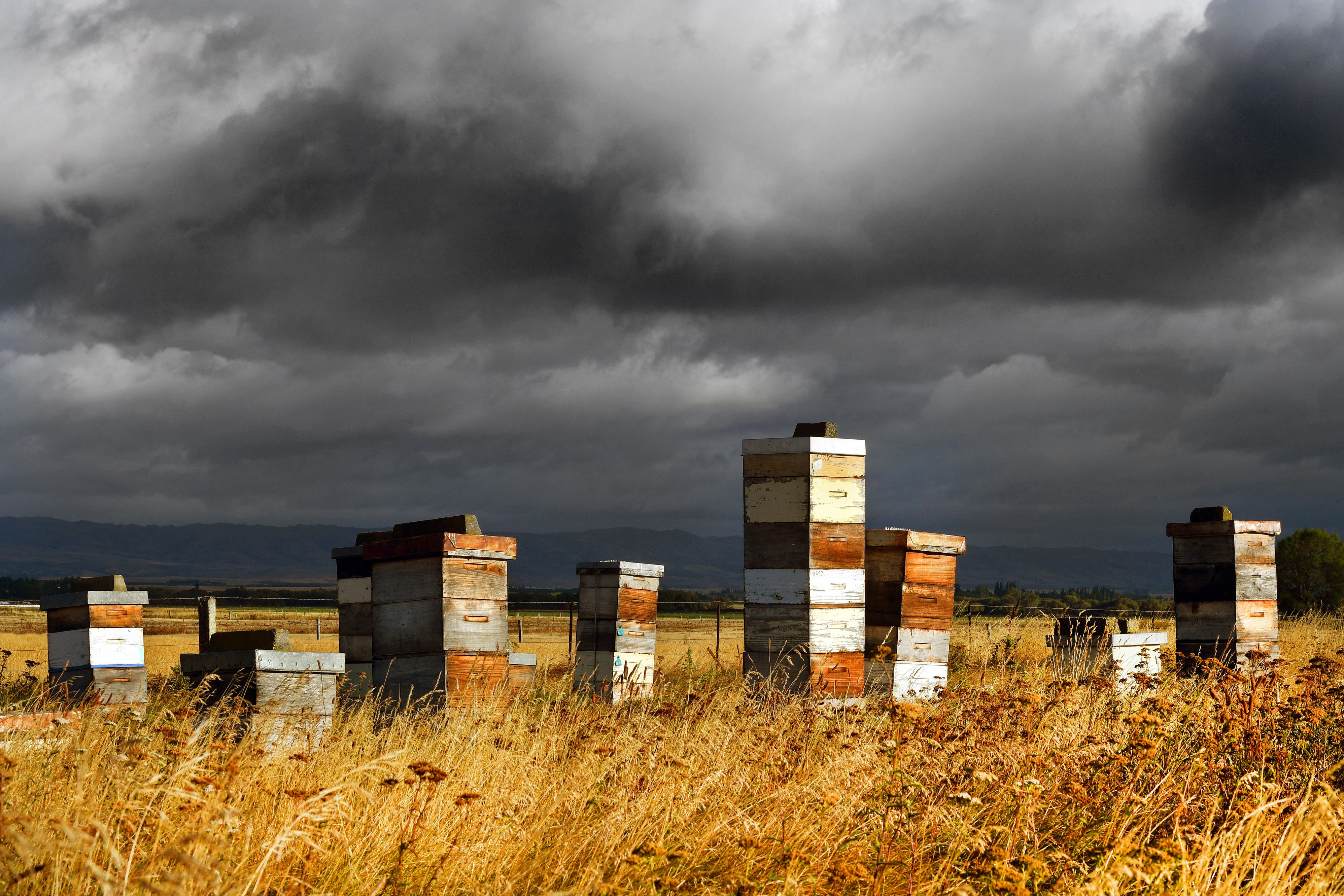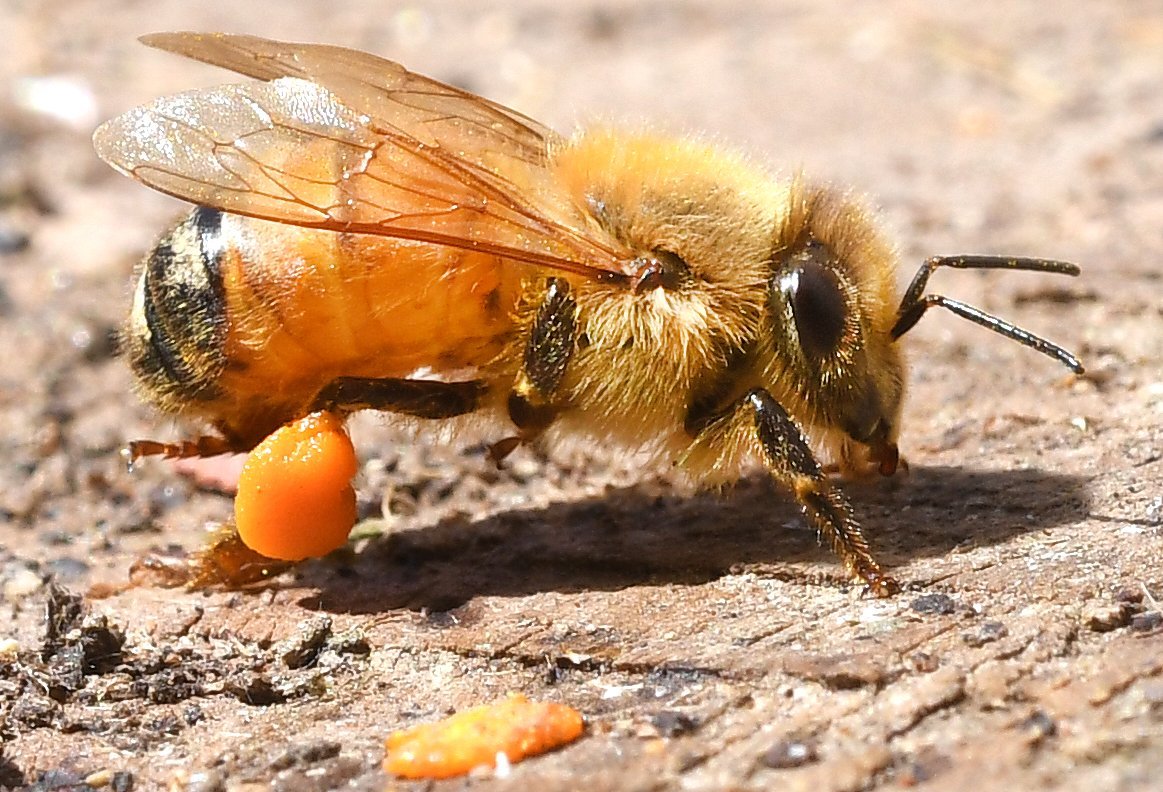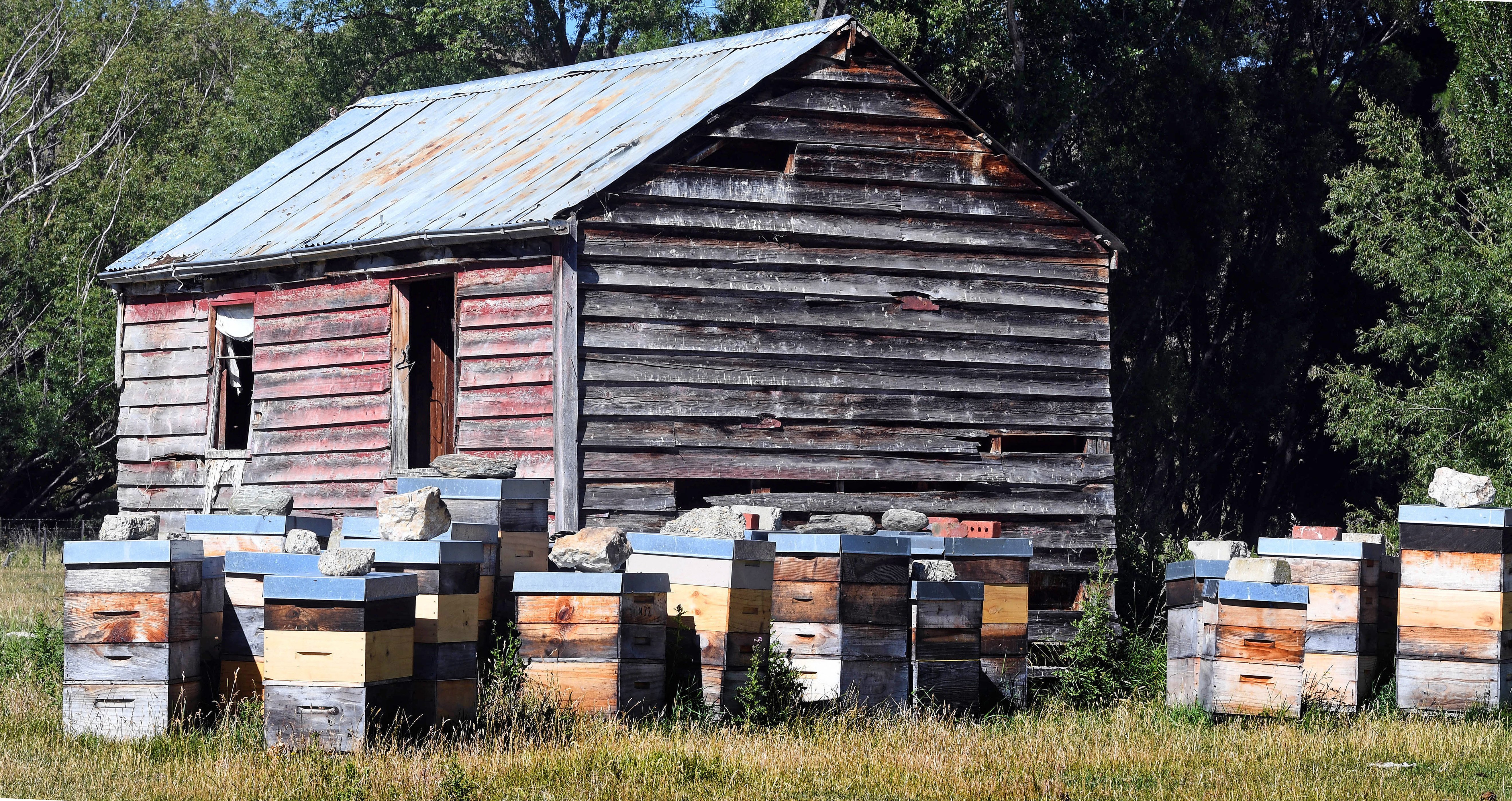
Shawn McAvinue speaks to the group co-ordinator, a beekeeper and a scientist about the "breakthrough" technology and its potential to eradicate the highly infectious disease.
A group of Southern apiarists has a new tool to fight a disease killing their bees by using the same technology used to detect Covid-19.

As the project nears an end, he believes the group has a new tool, which has the potential to eradicate the disease in the South.
"We are the first at the coalface."
The notifiable bacterial brood disease weakens and kills honeybee colonies.
Early detection of the disease was important because routine apiary management and interchange of hive components could easily spread the disease to healthy bee colonies.
As part of the project, a new technology - quantitative polymerase chain reaction (qPCR) - was introduced to detect the DNA of the disease.
The technology was first discussed on a group conference call including scientist Mark Goodwin at the Crown research institute Plant & Food Research.
"We didn’t know what we were letting ourselves in for," he laughs. "We have learnt a lot."
For the project, the Southern beekeepers sent nurse bees and swabs from the entrances of hives from apiaries where the disease had been detected.
The bees and swabs were sent to a laboratory, dnature, in Gisborne, for testing.
Molecular biologist John Mackay, the technical director at dnature, floated the idea to the group of swabbing the entrances of the hives.
The swabs used the same science methodology as when taking a sample of DNA from a person to detect Covid-19, Mr Scandrett said.
"The concept is exactly the same."

Spores of the disease were invisible to the naked eye and could only be seen after it became a full-blown infection.
The "new tool" allows beekeepers to detect spores of the disease early so the hive could be managed, rather than letting the infection reach a stage where the hive must be destroyed.
Now beekeepers were getting data back from the laboratory, the next stage was learning how to interpret it.
The technology was in the "proving" stage and beekeepers were learning how to determine from the data if a hive was safe, required more management or needed to be destroyed.
A beekeeper needed to know the history of a hive to interpret a result.
For example, a new hive might not contain spores but the bees inside it might.
Conversely, an old hive might have spores of the disease but any bees newly introduced to it might not.
That was why swabs and bees were sent for testing.
Traditionally, the scientific method beekeepers used to detect the disease was by germinating spores of it on an agar plate. The new qPCR technology was quicker, easier, more sensitive and cheaper than the plate test.
More hives could be checked in less time. One person in the group swabbed more than 260 hives in a day using the new technology, he said.
"It’s fast and efficient and potentially more effective."
He reminded beekeepers it remained a statutory requirement for hives to be inspected.
"This technology doesn’t replace that — it’s in addition."

He knew of someone who bought hives containing disease spores. After an infection became obvious, he had to burn more than 100 hives.
The qPCR technology would allow a potential buyer to swab hives for spores as part of a due diligence process, he said.
The new technology could also help protect international markets, such as China, which refuses to import any honey containing spores of the disease.
Beekeepers could swab hives to check whether spores were in the hives before honey was harvested.
He believed the "valuable tool" had the potential to be a "game-changer" for the sector.
The group of beekeepers driving the project was formed when Murray Ballantyne, of Woodlands Apiary in Southland, asked Mr Scandrett - a sheep and beef farm consultant - to facilitate a discussion group in a bid to solve some looming issues in the sector, such as the impending arrival of varroa mite.
The first meeting of the group was held in the Woodlands Tavern, near Invercargill, in October 2002.
Now the group, capped at about 20 members - had beekeepers from Ashburton to Te Anau and "everywhere in-between".
"The group has been successful because members realise they can achieve more helping each other than they can as individuals."
Comments
Media attention disproportionately covers honey bees over native pollinators, and murky messaging has led many citizens to believe they are doing a good thing for the environment by putting on a beekeeper’s veil or buying honey. Unfortunately, they are probably doing more harm than good.


















